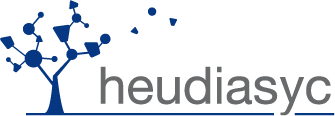en:list
Differences
This shows you the differences between two versions of the page.
| Both sides previous revisionPrevious revisionNext revision | Previous revision | ||
| en:list [2010/01/13 17:12] – quostben | en:list [2013/10/21 16:01] (current) – quostben | ||
|---|---|---|---|
| Line 1: | Line 1: | ||
| - | |||
| - | ====== Context of the courses ====== | ||
| - | |||
| - | Here are some words about the teaching I make, or to which I took part in the past. | ||
| - | |||
| - | Some are more naturally destinated to students in a particular field (for example, as the algorithmics course). However, all are opened to all the students in engineering of the UTC. \\ | ||
| - | Likewise, some are to be followed by students beginning their degree course; others, by students close to graduation, that have already acquired some scientific and technical competences. | ||
| - | |||
| Line 38: | Line 30: | ||
| ===== Linear and non-linear optimization ===== | ===== Linear and non-linear optimization ===== | ||
| - | ([[http:// | + | ([[http:// |
| The unit introduces the basic techniques in linear programming (simplex method, duality), integer programming, | The unit introduces the basic techniques in linear programming (simplex method, duality), integer programming, | ||
| Line 56: | Line 48: | ||
| Both units aim at presenting the modern techniques for analysing large data sets and the basic notions and tools of data mining to the students. Both supervised and unsupervised learning are studied. | Both units aim at presenting the modern techniques for analysing large data sets and the basic notions and tools of data mining to the students. Both supervised and unsupervised learning are studied. | ||
| - | Notions of principal component analysis, factor discriminant analysis, multidimensional scaling, as well as unsupervised clustering (in particular using mixture models) are described. The theory of decision, the notions of optimal classification are also presentedn, as well as the algorithms for learning decision trees, neural networks, or support vector machines. | + | Notions of principal component analysis, factor discriminant analysis, multidimensional scaling, as well as unsupervised clustering (in particular using mixture models) are described. The theory of decision, the notions of optimal classification are also presented, as well as the algorithms for learning decision trees, neural networks, or support vector machines. |
| These unit courses are destinated to students at the end of their degree course. | These unit courses are destinated to students at the end of their degree course. | ||




